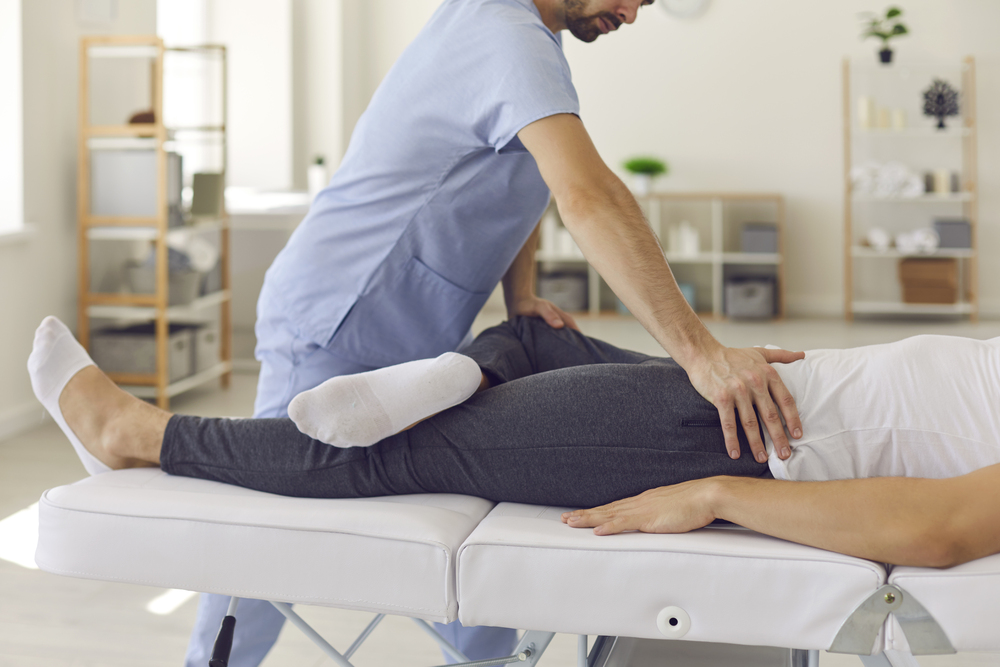
You’ve heard of rehabilitation before. But pelvic muscle rehabilitation? Is that really a thing?
If you are someone who needs it, you’ll be very glad it is a thing! Here’s how to know if you’re someone who would greatly benefit from some rehabilitation of the pelvic muscles:
Why you need Pelvic Muscle Rehabilitation
Those who will benefit the most from pelvic muscle rehabilitation suffer from a pelvic muscle disorder. If that’s you, you’re in good company. 25% of women in the U.S. and as many as 1 in 3 older men suffer from at least one pelvic floor disorder. The typical disorders include:
Pelvic Organ Prolapse
This is a condition that occurs when the muscles and tissues supporting the bladder, bowel, and uterus become weak, loose, or damaged. These pelvic organs may then drop down into or even out of the vagina.
Urinary Incontinence
UI is uncontrollable urine leakage. Controlling the bladder with this condition can be difficult or impossible.
Fecal Incontinence
This is a condition that affects the bowels like a UI affects the bladder. Someone with fecal incontinence finds it difficult or even impossible to control the bowels.
Premature Ejaculation
This is the most common male sexual disorder. Studies have found that pelvic muscle rehabilitation is very promising for men suffering from premature ejaculation.
However, you don’t have to be diagnosed with one of the above conditions to benefit from pelvic muscle rehabilitation. If you feel like you’re heading to the restroom more often than normal, you could benefit. If you avoid trampolines like the plague, it’s time to do something about it. Maybe you have chronic pelvic pain with no explanation. Or you have a burning sensation when urinating. You don’t need to live with any of this!
When You Need Rehabilitation
The time is now! In fact, the sooner you meet with a urologist and begin rehabilitation, the better. But even if you’ve been dealing with incontinence or pain or some other form of pelvic floor problems so long that it has become normal, an appointment with a urologist is a must. Why? Because living with one or more of the above conditions should not be a normal part of your life.
What Pelvic Muscle Rehabilitation Looks Like
It’s understandable that you might hesitate when you don’t have any idea what this rehabilitation involves. Let me alleviate that fear for you by giving you an overview of what Pelvic Muscle Rehabilitation actually means:
Physical Therapy
Strengthen your pelvic floor muscles by performing special exercises. The most common approach is Kegel exercises while Yoga is often a favorite.
Biofeedback
This method utilizes small sensors to assess bladder and bowel activity. With that information, your urologist can determine the ideal treatment for you.
Behavioral Therapy
Psychological conditions can actually contribute to the presence or severity of a pelvic floor disorder. Behavioral therapy, along with other forms of muscle therapy, could resolve those potential conditions.
Posterior Tibial Nerve Stimulation
PTNS is used to activate the nerves through a process similar to acupuncture.
InterStim Therapy
In this situation, an implantable device is used to improve the communication between the nerves and the muscles involved in urinary function. The device uses mild electrical pulses.
Botox Injections
Botox can be an effective method especially if there is pain related to muscle spasms.
How You Get Pelvic Muscle Rehabilitation
Now that you know that Pelvic Muscle Rehabilitation is a thing, and it just might be a thing you need in your life, it’s time to contact us! Our team of board-certified urologists and nurse practitioners are devoted to caring for you!